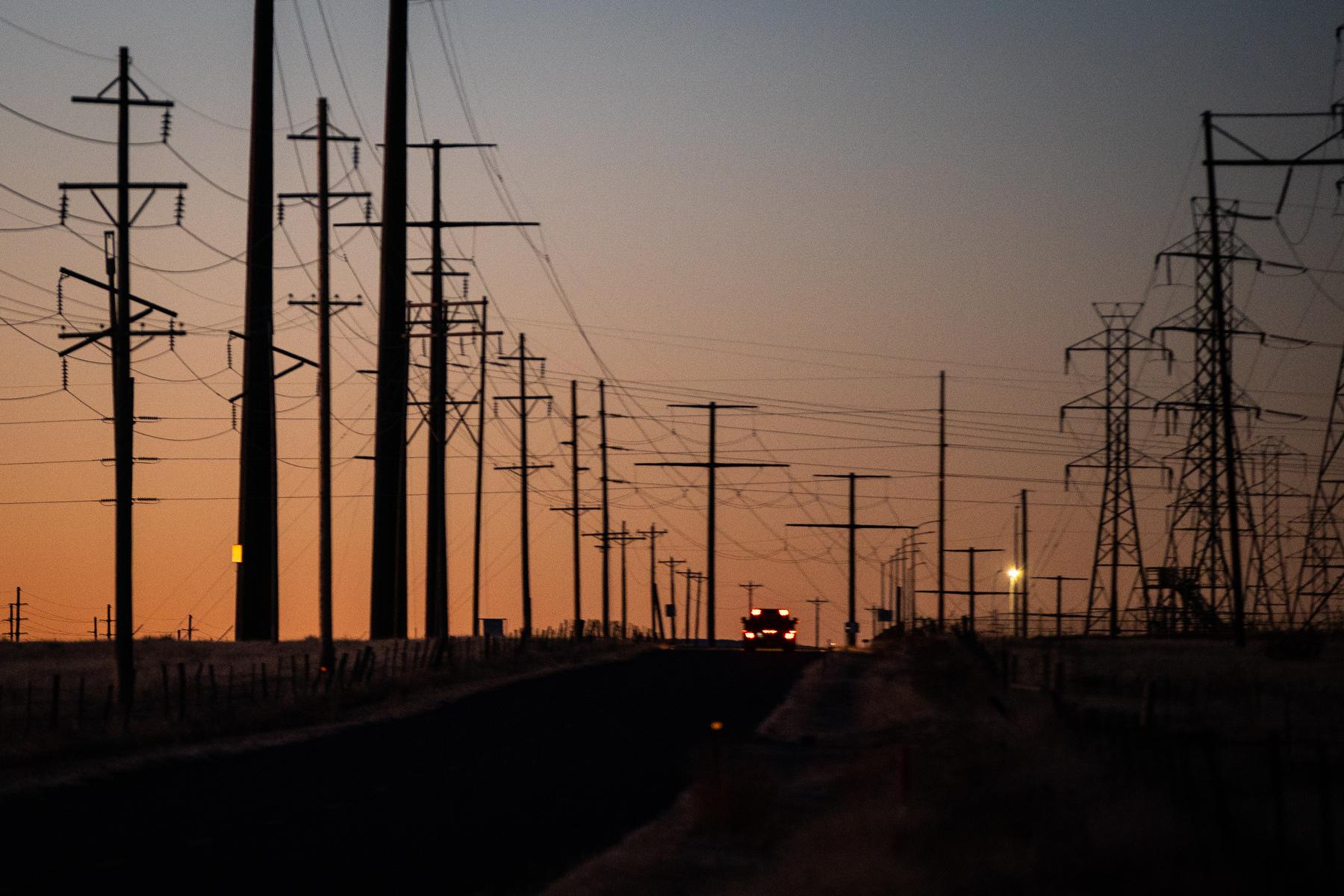Hydraulic fracturing emissions are at their highest at the end of the process, according to a new study of wells by Colorado State University.
Fracking involves injecting water and chemicals underground to free up blocked oil and gas – and it has three parts to it: the drilling into the ground; the opening of cracks to release gas deposits; and flowback, when fluids come back to the surface.
The study of newly-developed wells in western Colorado found that air pollutants like methane and ozone-causing compounds were highest at the flowback stage.
“It’s important because this kind of information was missing and is really needed to do things like really look at potential health impacts associated with these activities," said Jeff Collet, a professor of atmospheric science at Colorado State University. He headed the 3-year study.
The state will use Collet’s information to study that very thing – how air pollutants from fracking impact public health.









